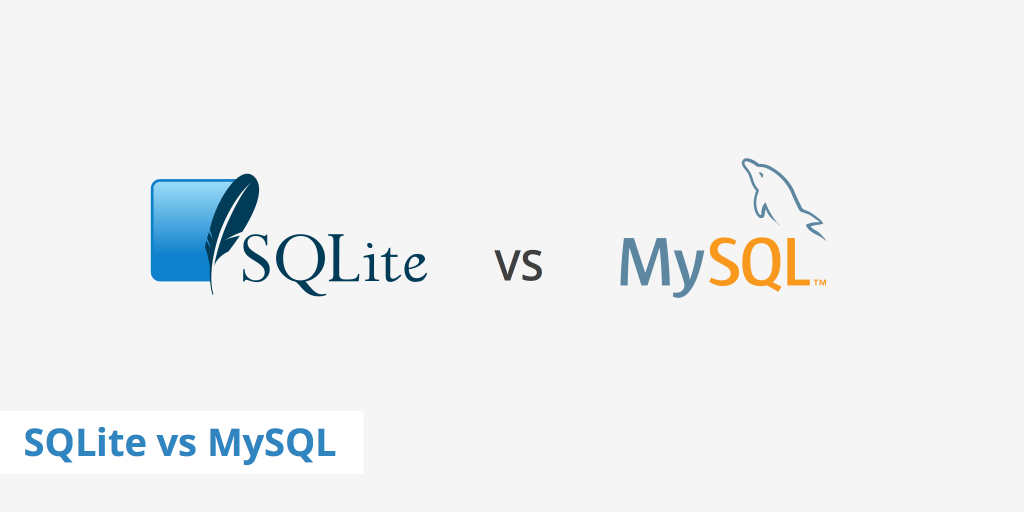MySQL or SQLite?: Choosing the Right Database For Your Needs
Choosing the appropriate database management system (DBMS) is essential for handling data in applications. Two well-liked choices in this field are SQLite and MySQL. They meet various demands and contexts, but both are dependable choices for data storing and querying. Choosing the right database for a project can be made easier for developers if they …
MySQL or SQLite?: Choosing the Right Database For Your Needs Read More »

